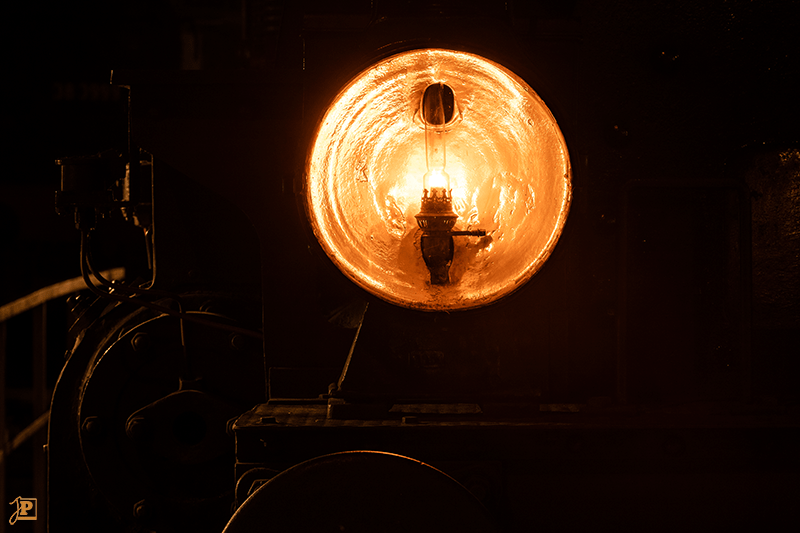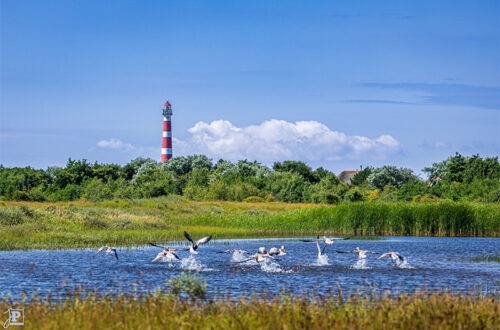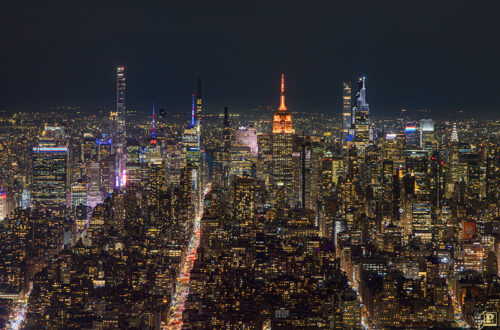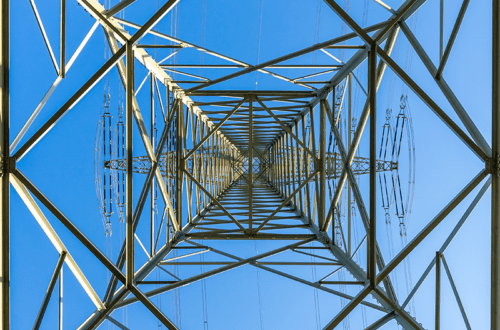Night at the Museum
Even after many years of active involvement at the Darmstadt-Kranichstein Railway Museum, there is always something new to offer. For example, the “Blue Hour” photo event in September 2018 on the eve of the annual Steam Locomotive Festival was a perfect example.
Operation at Night
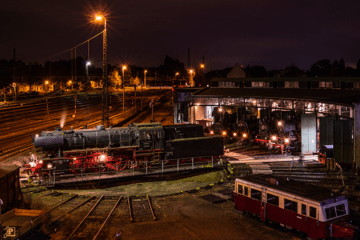
A public event at the Railway Museum always requires a lot of preparation. A steam locomotive, especially a large one like our 23, cannot simply be started in the morning and driven off. Carefully heating up the engine takes a whole day or even longer. In addition, vehicles have to be moved, tables, chairs and sales booths have to be set up, the children’s area has to be created, and much more. In the days leading up to such an event, people are working around the clock at the museum.
A very special atmosphere is created at night. When the town is quiet enough to hear the silent hissing and crackling of the heated locomotives, occasionally interrupted by the clacking of a pump or the sounds of tools when work is still going on somewhere in the roundhouse.
In addition, it gets dark early enough in September that you can enjoy the nighttime atmosphere extensively. The historic lighting in the engine shed creates a peculiar twilight. The lamps on the vehicles set charming accents and make them appear alive. No matter how well you know the museum during the day, there is always something new to discover at night.
Blue hour in the museum
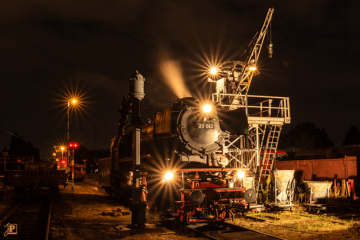
Such special light moods naturally attract photographers. We have requests at the museum from time to time for visits in the evening or at night, and so the idea was born to open the museum for a limited number of photographers on the eve of the Steam Locomotive Festival in fall. On that evening, everything is already set up and the locomotives are fired up – the museum is alive. Limiting the number of participants is essentially to avoid conflict, as it minimizes the risk of people getting in each other’s way when taking pictures.
Shortly before sunset, the gates opened. This gave all the participants a chance to get their bearings on the grounds while it was still daylight, and to look for potential subjects and photo locations. Some of the photographers already knew each other before the event, but even beyond that, many conversations quickly ensued. After all, with photography and railroading, everyone present had at least two common interests. Tips on subjects and camera settings were quickly exchanged.
In the course of the evening some of the locomotives were moved so that they could be photographed at various points in the depot, and also in action. As far as possible the wishes of individual photographers were also taken into account. I also went on an extensive photo hunt that evening, admittedly taking advantage of being able to get to photo locations as an employee of the museum that are denied to regular visitors.
The Results
A variety of beautiful photos were taken that evening. I have selected three of them here, which have a very special charm for me. The first image with 23 042 was the calendar page for the month of November in my 2019 calendar, and is also the background image for the login screen on my Windows computer.

